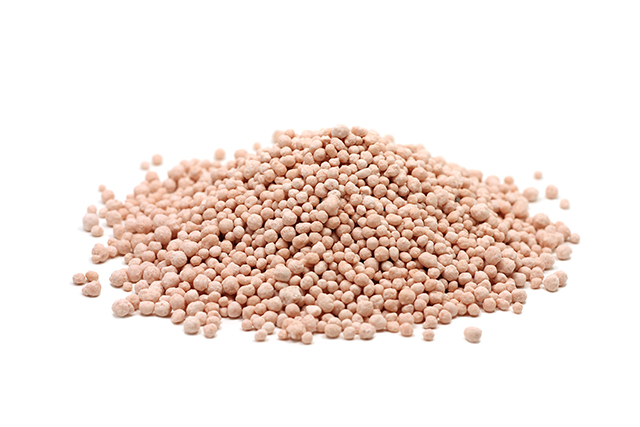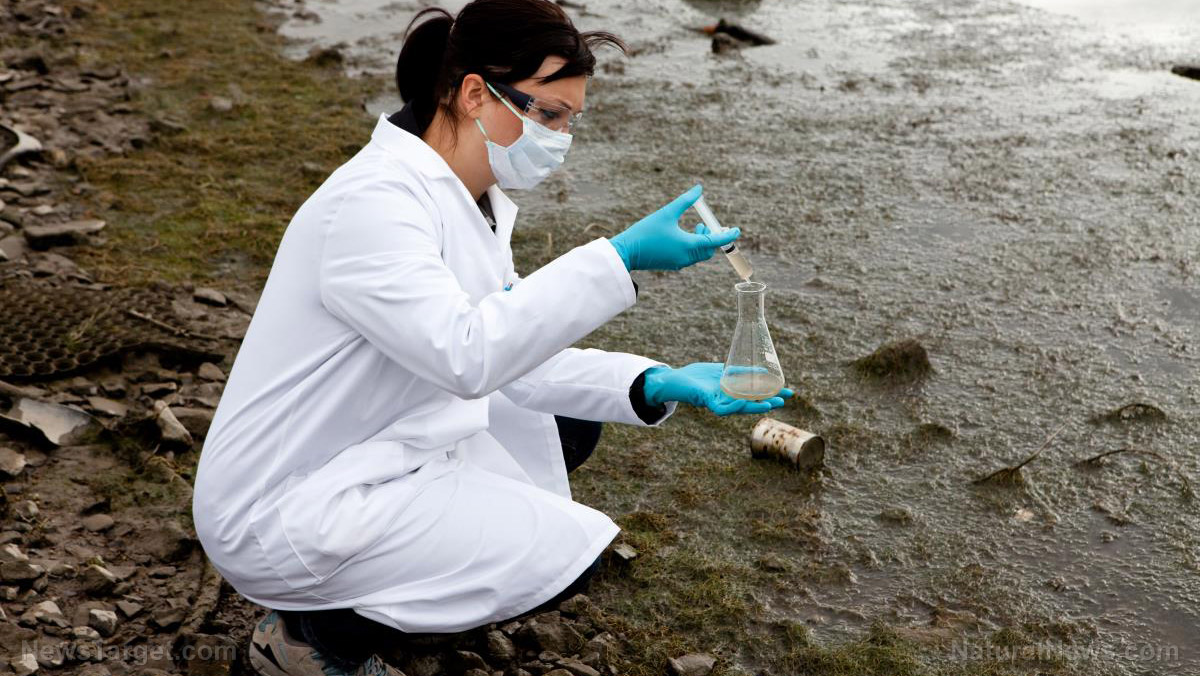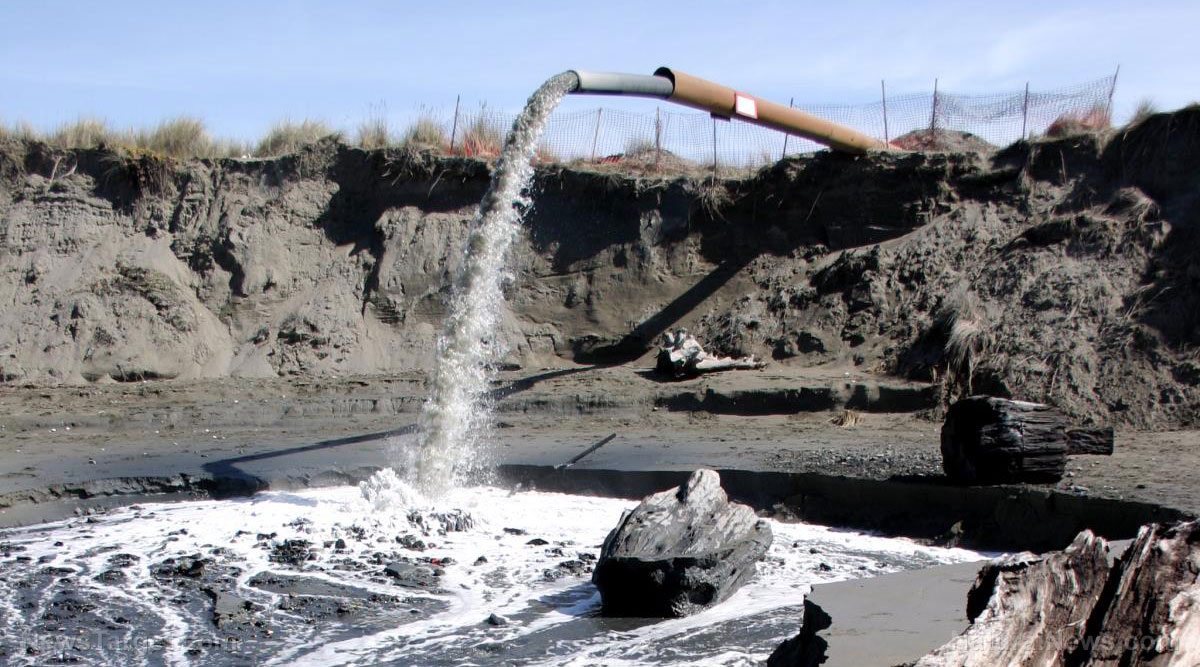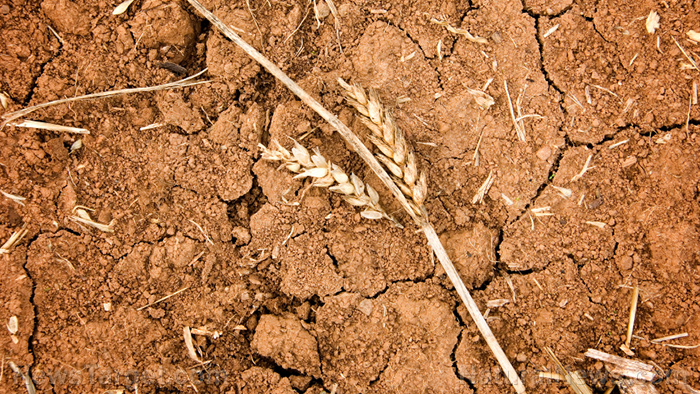Fog harvesting could help alleviate water shortages
04/28/2018 / By Edsel Cook

As traditional sources of water dry out or grow contaminated with pollution, we’ll need to find new ways to get the water we need. One method is fog harvesting, where you collect moisture from ground-level clouds. A Virginia-based research team has come up with a “fog harp” that collects thrice as much water as earlier fog nets, as reported by NewsWise.
Collecting water from fog started out by accident in South America during the 1980s. Now it’s practiced by people who live in water-scarce areas of Africa, Asia, the Middle East, and drought-stricken California.
The typical fog net are volleyball net-sized arrays with netting that resembles the mesh on screen doors. They are set up on hillside and mountains that see a lot of fog moving in and out of the area. (Related: Learning from Cape Town’s countdown to “Day Zero:” How to survive without tap water.)
When water-rich fog passes through the net, suspended wires capture some of the droplets. The water slowly dribbles down the nets and into the collection troughs at the bottom, which pipe the liquid to end users. The biggest fog harvesting projects can deliver as much as 6,000 liters of clean water every day.
Fog harp borrows concepts from sequoia needles
Traditional fog net designs are a source of headaches for researchers and engineers because they need to pick the right size for the holes in the mesh. Making the holes too big will allow water droplets to go through them without getting caught.
On the other hand, shrinking the holes too much will stop wind from passing through the net and cause captured water to get stuck on the mesh, preventing it from reaching the trough. So fog nets need to find the middle ground in mesh design.
The fog harp promises to give fog harvesting the technological leg up it needs. Taking a leaf out of the playbook of sequoia trees, Virginia Tech researchers have devised a line of parallel wires in vertical positions. This arrangement shed more water in less time than the mesh netting used by conventional fog catchers.
The design was the brainchild of Jonathan Boreyko, an assistant professor at Virginia Tech‘s College of Engineering and a co-author of the study. He realized that the water droplets in a fog net are pulled down by gravity, so he guessed that taking out the horizontal wire would reduce the clogging.
His colleague and co-author Brook Kennedy, who teaches at the College of Architecture and Urban Studies, looked at the sequoia trees found in California’s foggy coast. According to him, these massive trees get one-third of their water from fog drip. To facilitate this nourishing dripping effect, their needles are arranged in a linear array with no cross meshing.
Fog harp is undergoing testing at Virginia Tech farm
The Virginia Tech research team used this knowledge to construct a number of scale models with wires of different sizes. They put the prototype fog harps through their paces inside an environmental chamber to create a theoretical model of efficiency.
“We found that the smaller the wires, the more efficient the water collection was. These vertical arrays kept catching more and more fog, but the clogging never happened,” reports a pleased Boreyko.
Based on their findings, the team built a bigger version of the fog harp, which measures 3 feet by 3 feet and features 700 individual wires. Boreyko and Kennedy plan to test the improved fog net in the historic Kentland Farm district, which is owned by Virginia Tech and home to the university’s Hokie milk dairy herd.
Find out how you can help minimize water shortages at WaterWars.news.
Sources include:
Tagged Under: California, clean water, fog, fog harp, fog harvesting, fog nets, research, sequoia needles, sequoia trees, Virginia Tech, water shortages, water sources, water supply




















